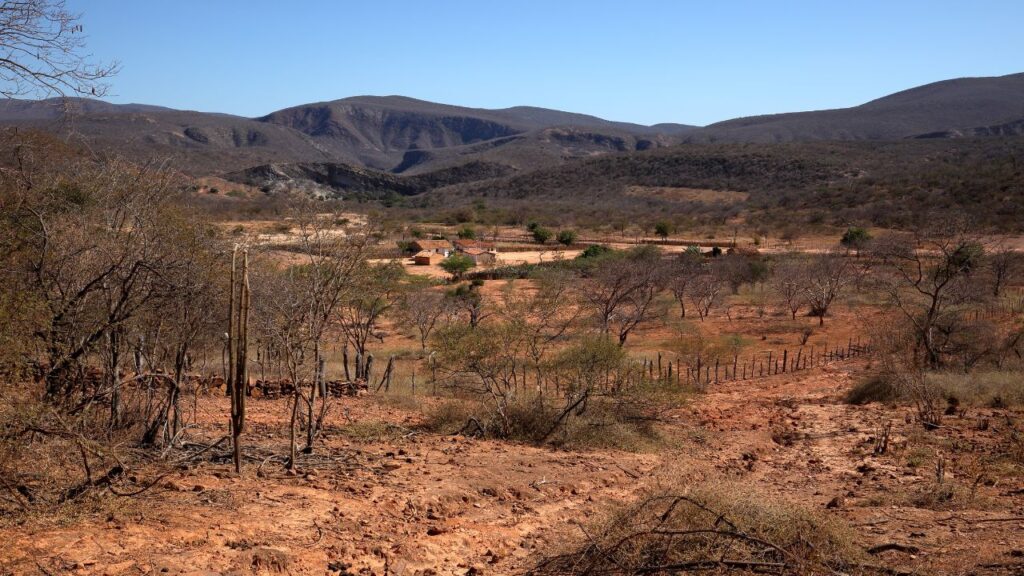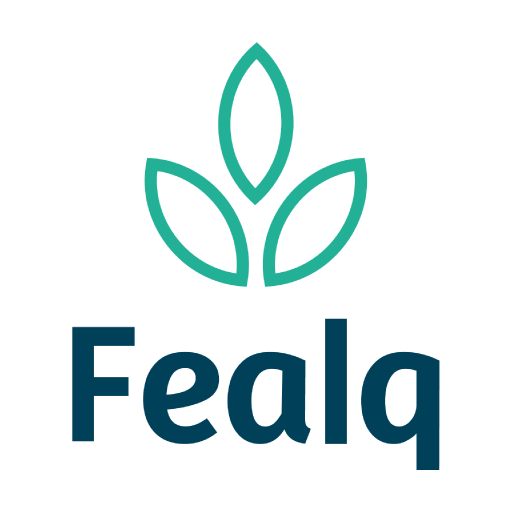Lucas T. Greschuk a , João M. Villela a , Stoécio Malta Ferreira Maia b , Carlos Roberto Pinheiro Junior a , Rafael G. Tonucci c h , Diana Signor d , Leidivan A. Frazão e , Antonio Yan Viana Lima a , Lucas P. Canisares a , Hermano Melo Queiroz f , Carlos E.P. Cerri a g , Maurício R. Cherubin a g
- aLuiz de Queiroz College of Agriculture, University of São Paulo, Piracicaba, São Paulo, Brazil
- bFederal Institute of Education, Science and Technology of Alagoas (IFAL), Campus Marechal Deodoro, Alagoas, Brazil
- cEmbrapa Goats and Sheep, Sobral, Ceará, Brazil
- dEmbrapa Semi-Arid, Petrolina, Pernambuco, Brazil
- eInstitute of Agrarian Sciences, Federal University of Minas Gerais, Montes Claros, Minas Gerais, Brazil
- fDepartment of Geography, University of São Paulo, São Paulo, SP, Brazil
- gCenter for Carbon Research in Tropical Agriculture (CCARBON), University of São Paulo, Piracicaba, São Paulo, Brazil
- hEmbrapa Dairy Cattle, Juiz de Fora, Minas Gerais, Brazil
Highlights
- SOC stocks were measured across land uses and aridity classes in Brazilian drylands.
- There are differences in SOC stock between aridity classes.
- Croplands have the lowest SOC stocks among the assessed land uses.
- Integrated agricultural systems have lower total nitrogen than other land uses.
Abstract
Agricultural systems that promote soil organic carbon (SOC) sequestration need to be implemented to mitigate climate change. The scientific literature indicates that integrated agricultural systems (IASs) can increase SOC stocks across various regions globally. However, information on the influence of IASs on SOC stock in Brazilian drylands is still scarce. Therefore, this study aims to investigate the effect of land use and climate classes on SOC stock and total nitrogen (TN) stock in the Brazilian drylands. Forty-eight studies were selected to extract data on SOC and TN stocks in croplands, pasturelands, IASs, and native vegetation. A linear mixed model was used to assess the effect of land use and climate classes on SOC stock and TN stock. SOC stocks (0–50 cm) were higher (p < 0.05) in native vegetation (86.6 Mg C ha−1), IASs (87.6 Mg C ha−1), and pasturelands (78.2 Mg C ha−1) than in croplands (60.3 Mg C ha−1). The IASs had the lowest TN stocks, possibly due to the high input of residues with a high C/N ratio from forestry components. Less literature data is available for IASs regarding SOC stock and TN stock than for other land uses. In conclusion, the adoption of IASs shows potential to mitigate SOC losses, but caution is advised when extrapolating our numerical findings due to the limited data availability in the Brazilian drylands. This review highlights the importance of combining land use and climate class analyses to design targeted strategies for enhancing SOC accrual and promoting resilience in Brazilian drylands.
Keywords
Semi-arid; Soil organic carbon; Land use; Integrated agricultural systems





